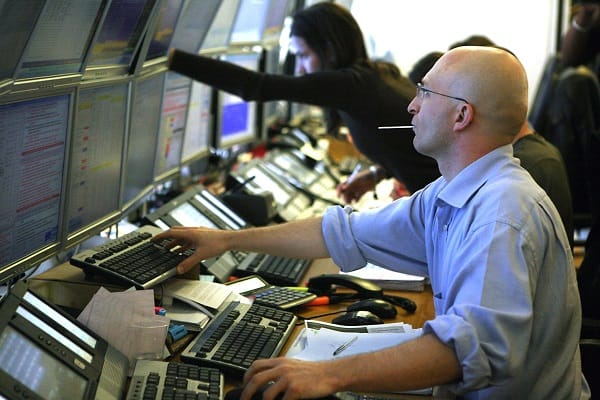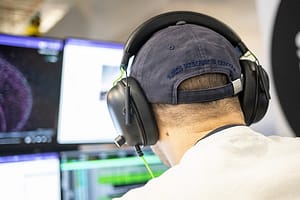In the fast-paced world of financial markets, the integration of Artificial Intelligence (AI) and human decision-making has become a game-changer. The synergy between AI algorithms and human intuition can lead to more informed and profitable trading decisions. Read more to explore the best practices for effectively combining human and AI decision-making in trading.
To make the most of human and AI collaboration
- Develop a clear division of labour: Define the roles of AI and human traders, making sure that each contributes where their strengths lie.
- Use AI as a decision-support system: AI should provide data-driven insights, but humans make the final judgment calls, considering other factors that AI may not comprehend.
- Constantly learn and adapt: Human traders should continuously educate themselves about the AI tools they employ and refine their strategies based on AI-generated insights.
Implement machine learning algorithms
Machine learning, a subset of AI, is a powerful tool in trading. It enables algorithms to learn from historical data and adapt to changing market conditions. The following practices can help in implementing machine learning effectively:
- Data quality matters: Ensure that your training data is clean, accurate, and relevant. Garbage in, garbage out – the quality of your input data directly impacts the performance of machine learning models.
- Regular model updates: Machine learning models need to be updated regularly to adapt to evolving market conditions. A static model will become less effective over time.
- Backtesting: Use historical data to evaluate the performance of your machine learning algorithms. This can help identify weaknesses and make necessary adjustments.
Avoid overreliance on AI
While AI is a valuable tool, it’s crucial not to become overly reliant on it. Overreliance on AI can lead to complacency and a lack of human judgment. To strike the right balance:
- Trust but verify: Use AI-generated insights as a starting point, but verify the information and consider other factors before making a trading decision.
- Maintain a human touch: Don’t lose the human element of trading – intuition, emotional control, and experience are invaluable assets.
- Continuously improve AI: Invest in improving your AI systems to make them more accurate and reliable.
Embrace algorithmic trading
Algorithmic trading involves the use of pre-defined, computer-based trading rules. AI plays a significant role in automating and optimizing these rules. By embracing algorithmic trading, you can achieve several benefits:
- Speed and efficiency: Algorithms execute trades at speeds human traders cannot match, enabling you to capitalise on fleeting market opportunities.
- Consistency: Algorithms adhere to predefined rules, eliminating emotional decision-making and ensuring a consistent approach to trading.
- Risk management: Algorithmic trading allows for precise risk management through automated stop-loss and take-profit orders.
Simulate and test
Before implementing a new trading strategy, especially one that incorporates AI, it’s essential to simulate and test it thoroughly. Use historical data to see how the strategy would have performed in past market conditions. This practice helps in:
- Identifying potential flaws: Testing can uncover weaknesses or limitations in your strategy.
- Refining your approach: Based on simulation results, make necessary adjustments to improve the strategy’s performance.
- Gaining confidence: Testing builds confidence in your strategy, reducing the likelihood of making impulsive decisions in live trading.
The combination of human and AI decision-making in trading represents a powerful synergy that can lead to more informed and profitable trading decisions. By using AI for data analysis, augmenting human expertise, combining technical and fundamental analysis, implementing machine learning algorithms, and embracing algorithmic trading, traders can gain a competitive edge in the financial markets.






Leave a Comment